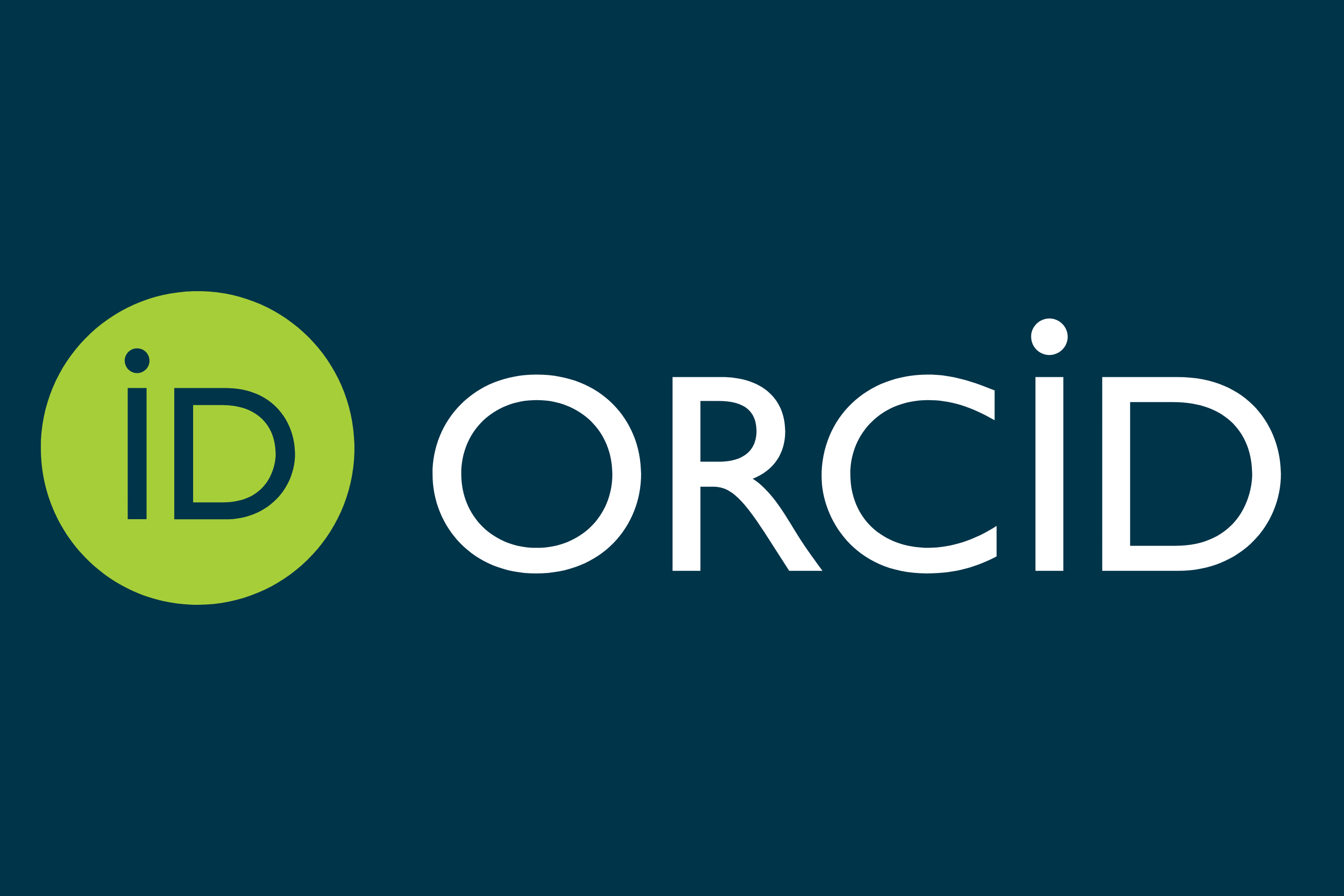العلاقة بين تطبيقات الرقمنة الذكية والقرارات المالية في ظل وجود الحوسبة السحابية – دراسة تطبيقية في عينة من المصارف العراقية
DOI:
https://doi.org/10.31272/jae.i138.1103الكلمات المفتاحية:
تطبيقات الرقمنة الذكية، القرارات المالية، الحوسبة السحابيةالملخص
تعد القرارات المالية بطبيعتها شديدة التعقيد، إذ يحتاج سوء التنظيم، والحجم المتزايد للبيانات إلى تحليل علمي، كما أن الأنظمة والتقنيات الذكية تعد مناسبة تماماً لهذا النوع من التحدي ومنها تقنيات الرقمنة الذكية، والمعالجة عبر الحوسبة السحابية في دعم تلك القرارات. وتتجسد مشكلة البحث في محاولة معرفة هل إن المصارف الأهلية العراقية قيد الدراسة تختبر بالفعل الحلول السحابية كطريقة لتقليل تكاليف تكنولوجيا المعلومات، وما مدى ملاءمة التطبيقات الرقمية الذكية المتمثلة بـ (مكونات الرقمنة الذكية، وأنظمة الدفع الإلكتروني، وتطبيقات نظم المعلومات، والأرشفة الرقمية) لاتخاذ القرارات المالية في القطاع المصرفي المتمثلة بالأبعاد (التمويل والاستثمار ومقسوم الأرباح) بوجود الحوسبة السحابية المتمثلة بالأبعاد (السحابة العامة والخاصة والمجتمعية والهجينة).
في هذا البحث، تم اعتماد المنهج الوصفي التحليلي من خلال توظيف الاستبانة كأداة لجمع المعلومات عن عينة الدراسة التي تتألف من (203) فردا من الأفراد العاملين في المصارف العراقية قيد الدراسة والبالغ عددها (12) مصرفاً من المصارف الخاصة العراقية، حيث تم توظيف البرنامج الإحصائي (Stata v.17) لاستخراج النتائج. ومن اهم الاستنتاجات التي تم الحصول عليها وجود علاقة ارتباط معنوية ذات دلالة إحصائية بين تطبيقات الرقمنة الذكية والقرارات المالية في المصارف بوجود الحوسبة السحابية، كما تبين أن اغلبية العينة المستهدفة لا تعرف الكثير عن مفهوم الحوسبة السحابية إذ تعتبر فوائدها ومخاطرها غامضة وغير معروفة بالنسبة إليهم مما يدل على أن المؤسسات العراقية ما زالت تحتاج للكثير من الوقت لتوعية موظفيها ذوي العلاقة بفوائد ومخاطر الحوسبة السحابية وسبل تطبيقها.
التنزيلات
المراجع
Ahmad, W., Rasool, A., Javed, A. R., Baker, T., & Jalil, Z. (2022). Cyber security in IoT-based cloud computing: A comprehensive survey. Electronics, 11(1), 16.
Aleem, A., & Sprott, C. R. (2013). Let me in the cloud: analysis of the benefit and risk assessment of cloud platform. Journal of Financial Crime.
Arowolo, O. M. (2017). Strategic Cyber-Risk Implications of Cloud Technology Adoption in the US Financial Services Sector (Doctoral dissertation, Walden University).
Balkan, B. (2021). Impacts of Digitalization on Banks and Banking. In The Impact of Artificial Intelligence on Governance, Economics and Finance, Volume I (pp. 33-50). Springer, Singapore.
Centeno, C. (2004). Adoption of Internet Services in the Acceding and Candidate Countries, Lessons from the Internet Banking Case. Telematics and Informatics 21, 293–315.
Chandrasekaran, K. (2015). Essentials of cloud computing. CrC Press.
Clohessy, T., Acton, T., & Morgan, L. (2018). Contemporary digital business model decision making: a cloud computing supply-side perspective. International Journal of Networking and Virtual Organisations, 19(1), 1-20.
Eun, C. S., Brean, D. J., & Resnick, B. G. (2015). International Financial Management: Canadian Perspectives. McGraw-Hill Ryerson.
Gitman, L. J., & Joehnk, M. D. (2017). Fundamentals of Investing, Global Edition, Thirteenth Edition. London: Pearson.
Gitman, L. J., Juchau, R., & Flanagan, J. (2015). Principles of managerial finance. Pearson Higher Education AU.
Holtkemper, O. (2020). Digitization of the Management Accounting Function: A Case Study Analysis on Manufacturing Companies. Springer Nature.
Hossein Bidgoli 2021, MIS, Management information systems Tenth Edition, Printed in the United States of America.
Kenneth C. Laudon & Jane P. Laudon, 2021, Essentials of MIS, 14th Edition, ISBN 978-0-13-650081-0 by, published by Pearson Education.
Monkiewicz, J., & Monkiewicz, M. (2022). Financial Sector Supervision in Digital Age: Transformation in Progress. Foundations of Management, 14(1), 25-36.
Moreno-Vozmediano, R., Montero, R. S., & Llorente, I. M. (2012). Key challenges in cloud computing: Enabling the future internet of services. IEEE Internet Computing, 17 (4), 18-25.
Nayyar, A. (2019). Handbook of Cloud Computing: Basic to Advance research on the concepts and design of Cloud Computing. BPB Publications.
Nwude, E. C., & Anyalechi, K. C. (2018). Impact of capital structure on performance of commercial banks in Nigeria. International Journal of Economics and Financial Issues, 8(2), 298.
Olaifa, O. I. (2018). The effects of financial decisions on the performance of commercial banks in Nigeria. European Journal of Business and Management, 10(8), 123-128.
Richard, P., & Bill, N. (2006). Corporate Finance and Investment-Decisions & Strategies. Pearson Education Limited.
Sardana, V., & Singhania, S. (2018). Digital technology in the realm of banking: A review of literature. International Journal of Research in Finance and Management, 1(2), 28-32.
Sen, J. (2015). Security and privacy issues in cloud computing. In Cloud technology: concepts, methodologies, tools, and applications (pp. 1585-1630). IGI global.
Sherman, E. H. (2015). A manager’s guide to financial analysis 6th ed.: powerful tools for analyzing the numbers and making the best decisions for your business. American Management Association.
Truckers, Haul (2003) " BASIC HUMAN DECISION MAKING: An Analysis of Route Choice Decisions, thesis, Department of Operations Research and Financial Engineering, Engineering and Management Systems Program, Program in Finance, Princeton University.
Udochukwu, D. P., & Oraekwe, C. (2021). Digital Archiving. In Handbook of Research on Records and Information Management Strategies for Enhanced Knowledge Coordination (pp. 79-91). IGI Global.
Yoo, S. K., & Kim, B. Y. (2018). A decision-making model for adopting a cloud computing system. Sustainability, 10 (8), 2952.
Zissis, D., & Lekkas, D. (2012). Addressing cloud computing security issues. Future Generation computer systems, 28(3), 583-592.

منشور
إصدار
القسم
الرخصة
مجلة الإدارة والاقتصاد هي مجلة مفتوحة المصدر حيث تكون جميع محتوياتها مجانية. تخضع مقالات هذه المجلة لشروط ترخيص المشاع الإبداعي المنسوب إلى المؤلف (CC-BY 4.0) (https://creativecommons.org/licenses/by/4.0/legalcode) الذي يسمح للمرخص لهم دون قيود بالبحث عن النص الكامل للمقالات أو تنزيله أو مشاركته أو توزيعه أو طباعته أو ربطه به، وفحصه للفهرسة وإعادة إنتاج أي وسيلة للمقالات بشرط أن ينسبوا إلى المؤلفين الفضل في ذلك (الاستشهاد). تسمح المجلة للمؤلفين بالاحتفاظ بحقوق الطبع والنشر لمقالهم المنشور.
. Creative Commons-Attribution (BY)









